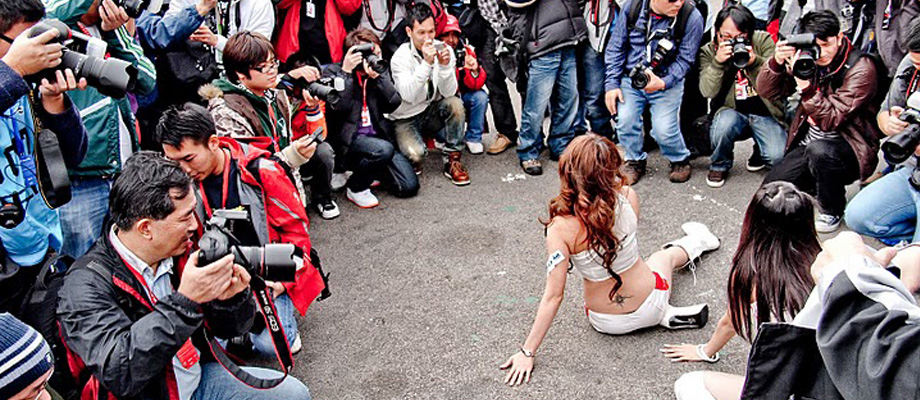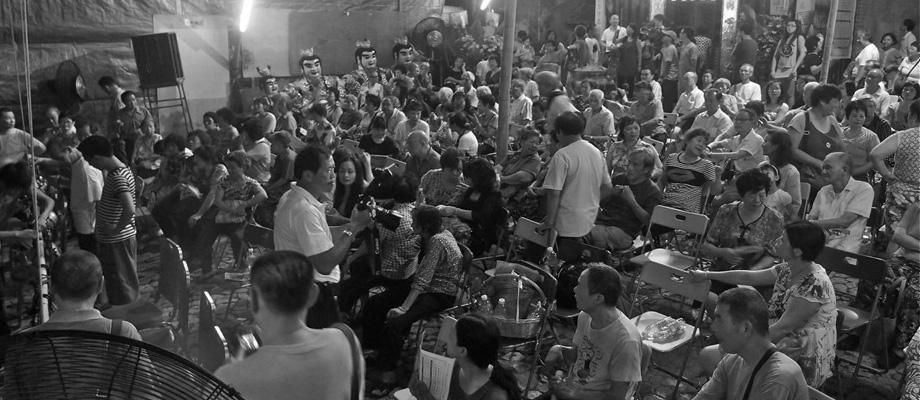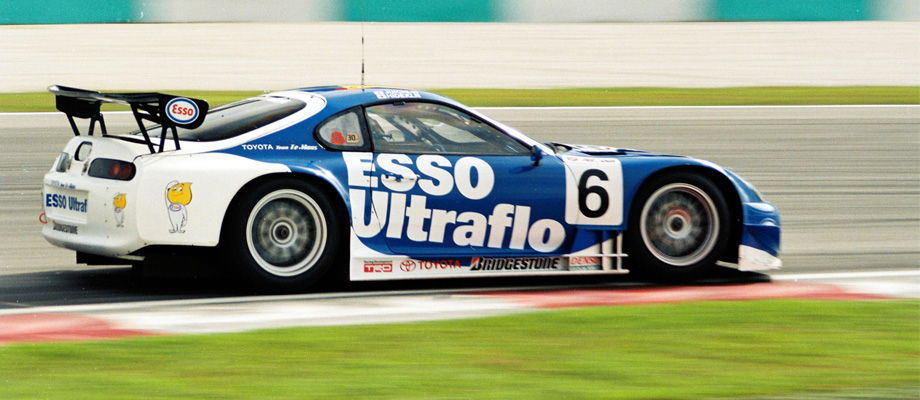GoPRo GP1 Housing turns your GoPro into a Compact Camera
0
First, the GoPro 4 has pretty impressive low light capture capability, and with 4K action capture....which is missing from most compact cameras these days, it's a camera that is hard to beat. The problem with the GoPro has been the form factor.
The tiny body makes is incredibly difficult to use as a normal digital compact camera. And this is what spurred the Exo GP1 in the first place.
The GP1 is only a housing with just a few extras, like a fixed viewfinder and a cold shoe mount on top of the housing to mount LED lighting for video shots and a tripod attachment on the bottom.
So if you had only one camera, there is no need to double down on another just for shooting 12 megapixel photos.
Oh, yeah....since the housing is limited by the camera itself, you're stuck with the 12 megapixel photo mode on the GoPro Hero 4.
Go Pro doesn't mention much about the lens' wide angle reach, which I suspect is between 18mm to 20mm in full frame speak.
There is no optical zoom capability so you will have to digitally crop the image into a zoom image.
The GP1 cost about US$250 and is made from aluminium, a useful option if you are the rough and tumble type. However the price is for early backers of the project so it's not possible to purchase this for less than 300 bucks should it get funded.
There will be plenty of complaints as we speak since the 12 megapixel photo capture isn't quite enough for photographers these days. Plus the wide angle makes it very difficult to shoot with since you're stuck with just one focal length.
But if you're one of those who prefer to carry only one camera and that happens to be a GoPro, this housing makes perfect sense.



















